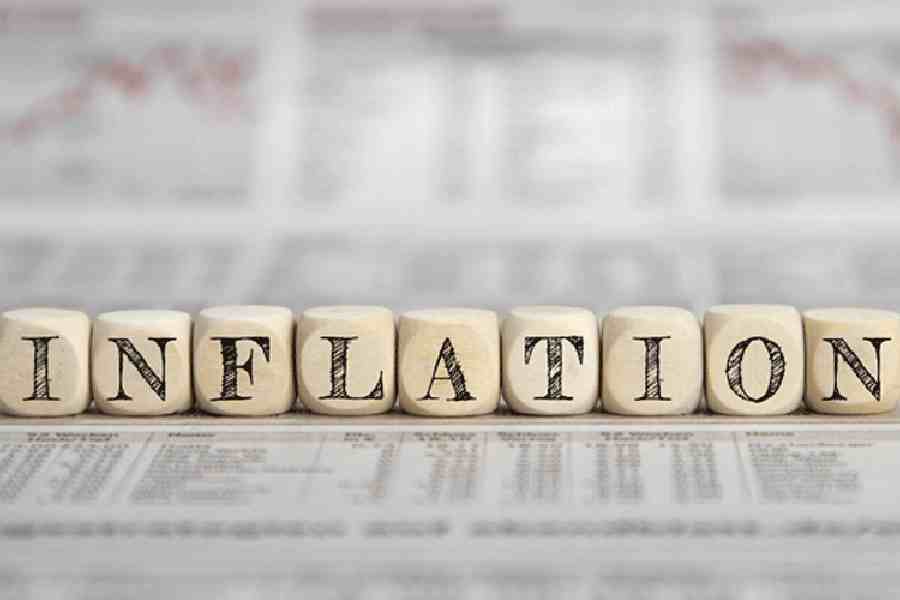The Modi government is likely to come out with more measures to fight food inflation, including selling pulses cheaply, with the finance ministry warning that inflationary risks will persist and the Centre and Reserve Bank of India (RBI) remaining on high alert.
Inflationary pressure on the economy is mounting because of erratic and inadequate rainfall in the kharif season and uncertainty on rains surrounding the ongoing rabi season, which could impact growth.
Prime Minister Narendra Modi’s electoral promise of extending the free grain scheme for five years would further add pressure and push up prices at a time of dwindling output.
The last wheat crop output was lower because of warm weather conditions and with El Nino conditions likely to continue at least until April, the harvests this year may get affected again, analysts said.
The latest agriculture ministry data showed that the sowing of wheat was lower than last year, along with pulses.
According to the Central Water Commission, the water level across 150 reservoirs has fallen 20 per cent to 122.6 billion cubic metres every year and 8 per cent more than the 10-year average.
Besides, the first advanced estimate of kharif crops shows lower output of rice and key pulses.
Sources said the government plans to off-load pulses in the retail market to tame prices.
The government, through its co-operatives such as the National Agricultural Cooperative Marketing Federation of India (Nafed) and National Cooperative Consumers’ Federation of India (NCCF), will sell 5 per cent of 30,000 tonnes of raw moong from the existing central pool stocks at a discounted rate.
At present, the Centre has around 500,000 tonnes of moong in its stock against the norm of 100,000 tonnes.
It will continue to sell chana through its retail initiative — Bharat Dal — as well as surplus stocks of the chana with Nafed, estimated at 2.4 million tonnes.
Earlier this month, the Centre had launched the sale of wheat flour at a subsidised rate of Rs 27.50 per kg under the Bharat Atta brand, to check retail wheat prices which rose 7.93 per cent last month. The government is also selling onions at Rs 25 per kg from more than 3,000 outlets.
Besides, there is an export ban on essential commodities along with
stock limit to contain food inflation, which is at 6.61 per cent.
Devendra Kumar Pant, chief economist and senior director – public finance, India Ratings and Research, said “the below-par monsoon rainfall is likely to have its impact on cereals inflation.
Cereals and pulses, prices of which rose to 18.79 per cent in October from 6.62 per cent in May, are expected to keep food inflation high, he said.
“Repeated supply shocks are likely to keep headline inflation above target at 5.1 per cent in 2024. We expect government intervention to keep a lid on food inflation, where possible, in an election year. We expect core inflation to only decline to 4.5 per cent in 2024 from an estimated 5.1 per cent in 2023 given food and oil supply shocks and a steady growth outlook,” Goldman Sachs said in a report.
Thamashi De Silva, assistant India economist, CapitalEconomics, said “while inflation is well within the RBI’s tolerance range, the renewed surge in food prices in November is a growing cause for concern. Another sharp rise in food inflation would prevent the RBI from cutting interest rates until the second half of next year, much later than most other major emerging markets”.
In its monthly bulletin, the central bank said the only risk to the RBI’s resolve to align headline inflation with the target of 4 per cent is food inflation.
Several constituent prices are already firming up – onions, tomatoes, cereals, pulses and sugar – with the potential to disrupt the gains made in the last two months. Accordingly, “in the RBI, we are bracing up for upticks in the readings for November and December”, it said.











